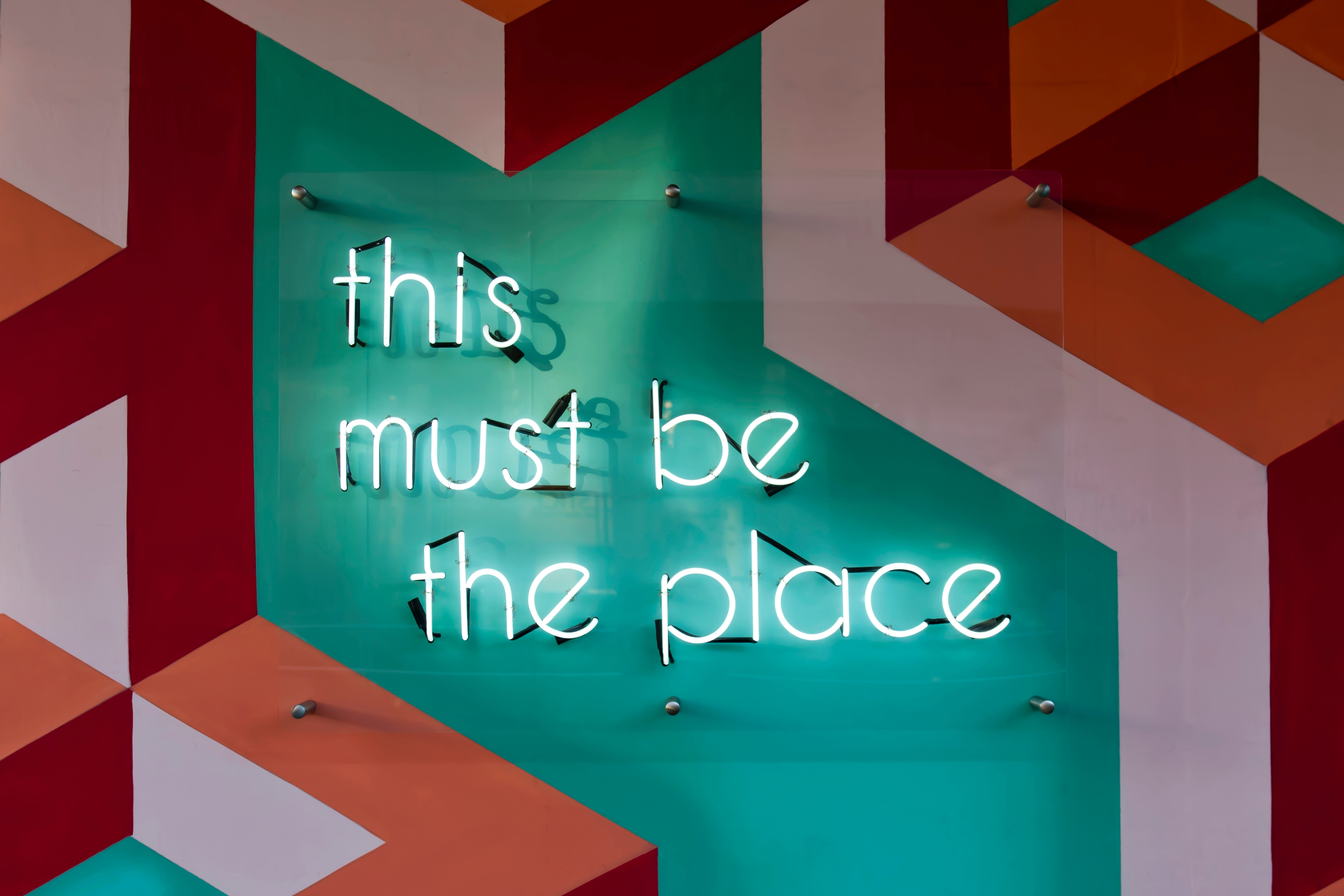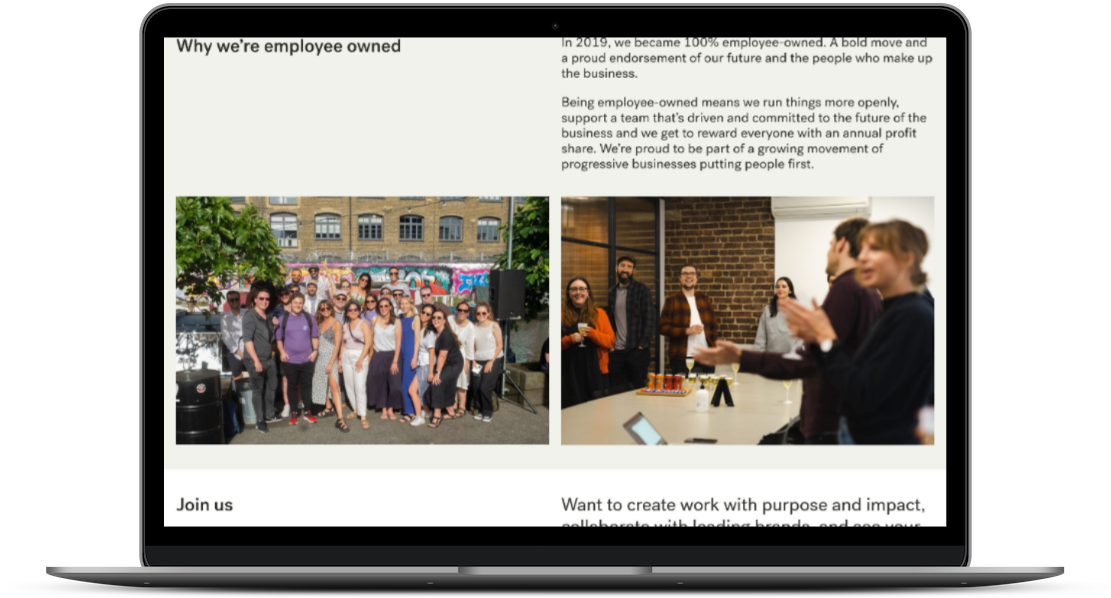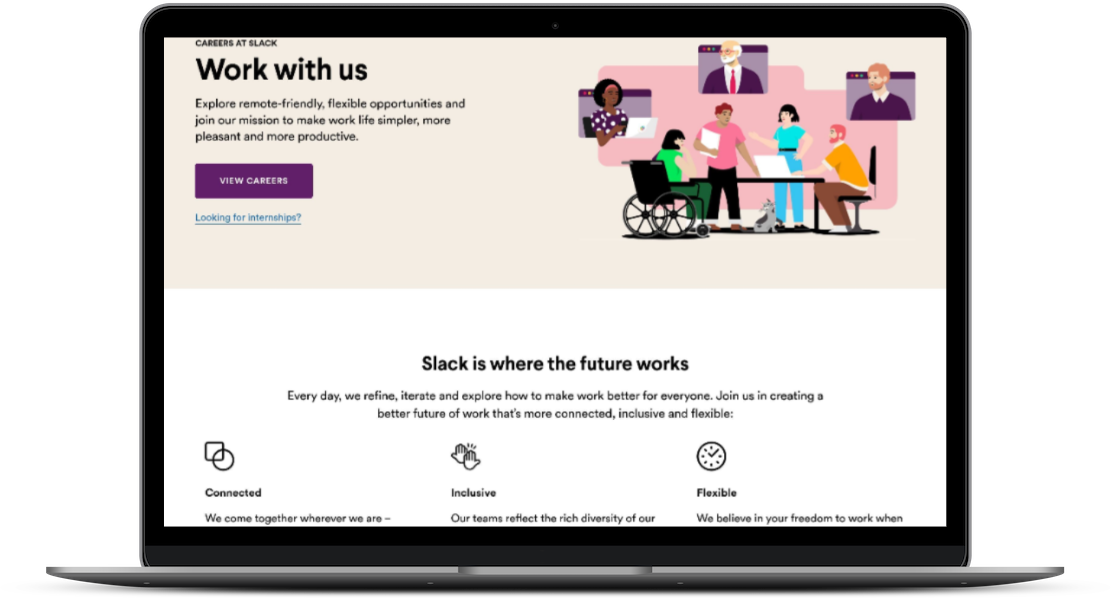Recruiting for digital roles
Some thoughts about the ways cultural organisations could think differently about how they deal with their recruitment needs (and expectations) around digital roles.
This piece originally appeared in Arts Professional.

Lots of our work at Substrakt involves working with cultural organisations to help them rethink the structure of, and roles within, their digital team(s). We often hear that recruiting for digital roles is a tricky and sometimes fruitless process for cultural organisations.
This is understandable given most cultural organisations have not traditionally had to hire for these types of skills.
But given the increasingly pressing need for in-house digital expertise, recruitment teams need to know (and properly advertise) the specific skills they need, and know how and where to look.
People are your most important asset and the impact of getting a hire wrong can be significant. Research commissioned by Doteveryone identifies that a bad hire can cost organisations tens of thousands of pounds.
Based on our experience at Substrakt, we believe that by thinking differently about how they talk about themselves as employers, being clear about the skills they really need, and adopting an ‘always hiring’ mindset, cultural organisations can improve the effectiveness of their recruitment.
Not reaching the people we need in the right ways

We’ve previously written about digital skills and whilst that article addresses where folks may want to focus when it comes to sustainable and focused digital skills development, we know that many organisations in the sector struggle with recruiting for digital-focused roles in the first place.
Part of this may be down to the remuneration on offer in the sector. But this is true of many specialist roles in the sector, and we know that many cultural organisations can offer the varied, mission-driven, audience-focused opportunities that digital professionals are hungry for. Those that don’t exist in the same way in many other sectors.
But on the whole, we aren’t very good at showcasing cultural organisations as places of work. Outside of our sector we can see some inspiring examples; international design agency DNCO, showcases their mission, values, culture, and history before they talk about their current vacancies.

You get a strong sense of who they are, what it might be like to work there, and the type of people they are looking for.
We also need to ensure that job opportunities that do exist in the sector are reaching the sort of people we want.
This is a problem for any role that exists outside of ‘the main thing’ (performance, exhibitions etc), which get much less visibility. It’s no surprise that many young people don’t know what career they could have in the sector if their skills and interests fall outside the ‘obviously’ relevant ones relating to performance or production.
Added to this, cultural organisations seem to advertise all roles in the same way.
Unsurprisingly this means they often struggle to fill specialist roles, especially those that you might not expect to exist at a cultural organisation.
To really ‘fish where the fish are’, organisations can identify specialist job boards focused on the role type they’re looking for, along with advertising on the job boards where most job seekers are looking (Indeed et al).
But we’re seeing cultural organisations either advertising in the same places as all the others, or only on their own websites and social platforms.
We have experienced a version of this problem at Substrakt.
A series of conversations with the Tech Talent Charter’s COO, Lexie Papaspyrou, changed our approach entirely.
What is your employer brand?
We were struggling to attract the people we wanted to, and a comprehensive review of our positioning revealed that we had few depictions of Substrakt as a workplace.
There weren’t really any team images, no sense of what an average day would look like, little clarity over our benefits and our company culture.
Equally we didn’t talk clearly or compellingly enough about the types of organisations we worked with.
This is a mistake I see almost every cultural organisation making.
They are focused entirely on their primary target audience (be that ticket-buyers, exhibition-attenders, workshop-bookers), forgetting that their communications need to create a sense of them as a workplace.
Looking outside the sector provides many examples of organisations doing this well.
The communications platform, Slack, and toy company Lego, both have careers pages that talk clearly about mission, values, benefits (beyond direct remuneration) and workplace culture before they list vacancies.
They both extend their brand through to this part of the site, thoughtfully using graphic, photographic and video content to support their story.

Fortunately, lots of the ‘good’ examples are so because of the content used, and therefore should be things that cultural organisations can readily draw influence from.
From ensuring the right tone of voice is used and frequently asked questions are answered, to sharing images of the workspaces and videos of the team talking about what working life is like.
The best examples are clear about the people they are looking for beyond the specifics of the current vacancies, and set clear expectations about the recruitment process. Both small but important factors that will make you more attractive while simultaneously increasing the likelihood of the people you’re looking for applying.
What do you really need?
Data analysis, content design, product management, video editing, user research, graphic design, web development, technical knowledge, SEO. Some of the many things that ‘digital’ activity in cultural organisations could encompass. These are all distinct specialisms that have little or no overlap, yet they are often crammed together on job descriptions for digital roles .
Think about the most impactful fit for your digital needs. Resource constraints mean that most cultural organisations need digital folks who can work strategically, and oversee lots of related but potentially complex and divergent workstreams rather than hyper-specialism. Our job descriptions need to shift reflect this.
The generalists that most cultural organisations probably actually need to manage and lead their digital activity may have experience in a few of the areas outlined above, but are unlikely to have in-depth knowledge in more than one or two. There will, however, be a constellation of external freelancers, agencies and others who can provide these specialist services as and when required.
The responsibilities of people with a digital focus involves a lot of advocacy and change-making. Lots of folks I know working in digitally-focused roles in cultural institutions are surrounded by non-digital mindsets, processes, structures, and culture.
As Louise Cohen (former Head of Digital Content & Channels at the Royal Academy of Arts) said in our Digital Works Podcast conversation, “after launching the content strategy we did a bit of a roadshow and everyone was really excited and we were like, cool, we've got buy-in, we've done it, it's all good. And then a year later, two years later, 50% of the staff are different and you think, okay, we have to keep doing this”.
As and when there is a compelling case for a particularly specialist role, make sure you’re using language that reflects how those responsibilities are referred to in the wider job market rather than using overly arts- or internally-focused language.
Always be hiring
Many organisations only think about recruitment when they need to recruit. But this stop/start, ad hoc approach is probably undermining your efforts.
If instead you are consistently active, always welcoming applicants even when you don’t have a specific role to hire for, you will be putting yourself in a far better position when a need does arise.
Building a longer term talent pipeline will also mean you can focus on reaching people you might not traditionally see applying from marginalised and underrepresented groups.
Of course this may not be feasible for the resources of your organisation, which is why working with recruiters can be really helpful. I know that the cost of a recruiter is probably something organisations automatically discount, but this is a false equation. Factoring in the cost of getting a hire wrong, the amount of time a recruitment process will take your team(s) without the support of a recruiter, and it quickly becomes a sensible investment.
A good recruiter will understand the job market and the type of candidates you are trying to reach, and should already have candidates in mind when you brief them.
We tend to work with recruiters who have a specific focus on both the type of role and the type of candidate. That’s how we’ve got the best results.
In summary
The culture sector has a real and ongoing challenge around retaining people, and reaching and hiring new ones, which is something that needs to be addressed for its long term health and success.
Unless you work at a larger organisation, recruitment is likely to be an additional responsibility for someone who is already working flat out. And while the approach we’ve outlined here is certainly more work in the short term, we believe it will save time and effort, as well as significantly increase your chances of successful hire.
Of course the experience of anyone who ends up applying and interviewing for a job at your organisation is just as important as anything else I’ve mentioned here. And being proactive, friendly, transparent, inclusive, and fair in the way that you deal with people who apply is absolutely key.